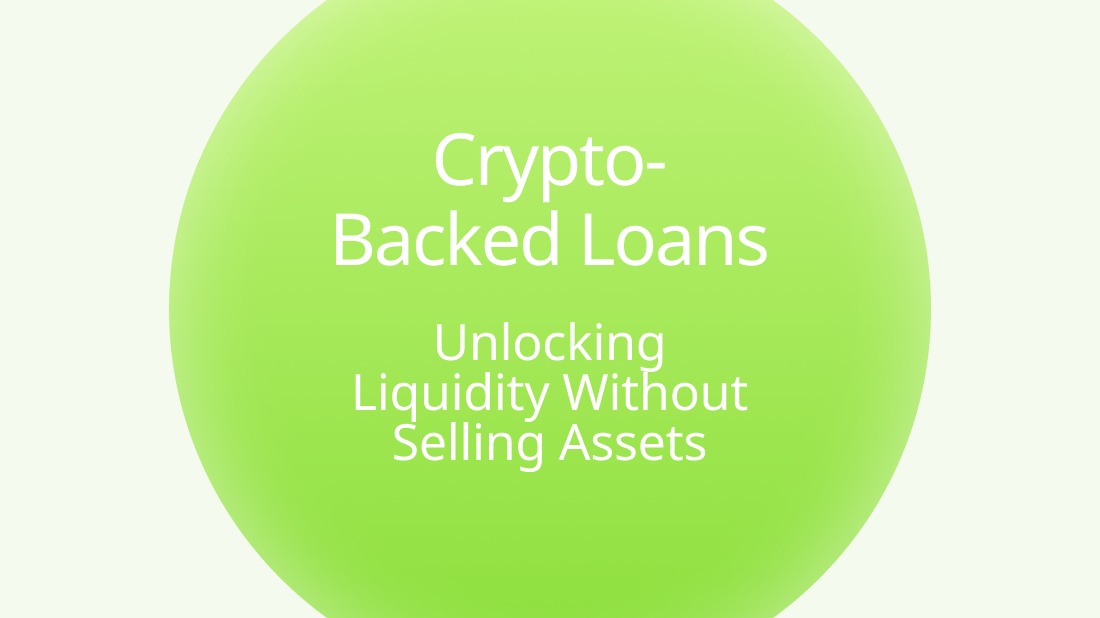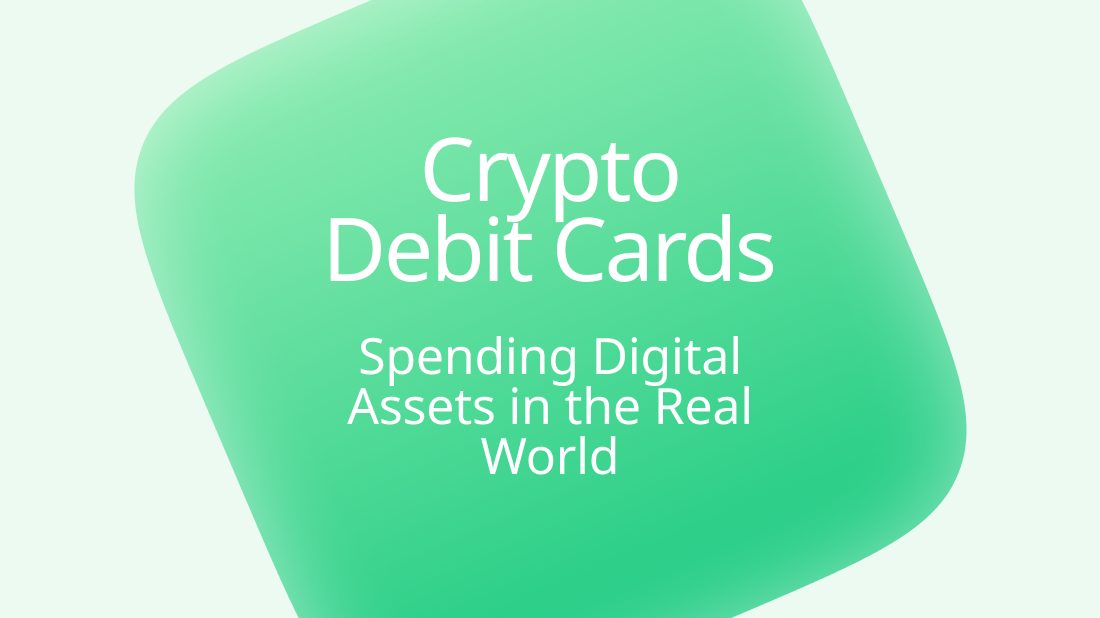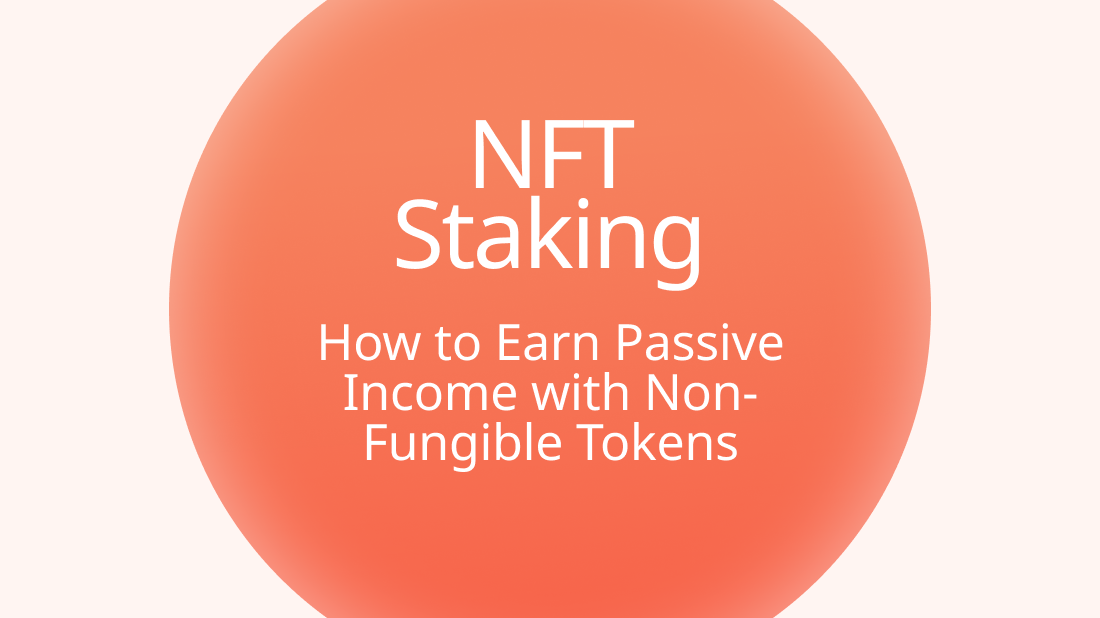Crypto scams – the worst part about crypto

There are many ways how scammers can steal funds or get into other wallets. These range from malware attacks directly on a device or planned exploits with tokens that never had any purpose beyond stealing money. So here is a list of the most common crypto scams and some solutions on how not to fall victim to them.
Phishing
This one isn’t hard to avoid but is one of the most common crypto scams. Never share your password or seed phrase with anyone. On many platforms or social media, people get contacted by fake customer support or are offered some winnings that they got. Whenever you are asked to share your password or win a prize out of nowhere it’s a scam 99% of the time, the remaining 1% is also fake, either ads or click baits. Do not give your password to anyone under any circumstances, it is not required to “verify your wallet” or resolve any issue. Never send money to people you don’t know and trust, and do not do transfers to prove your identity or in exchange for some prize. Do not trust people who message you directly and promise some incredible gains or trading on your behalf.
Fake websites or apps
There are many knock-off sites and apps that look similar to popular exchanges, but the moment you enter your credentials or send money, your account could be compromised, and funds forever lost. Checking this will require some attention. Confirm that the URL to the website doesn’t have anything funny in the name if it is spelled correctly. Make sure there is a lock on the left side of the search bar that shows if the connection is secure. Bookmark important tabs to avoid clicking links from the search engine. Download only verified apps, or even better, do it from the official developer website.
Pump and Dump
This type of crypto scam has become popular since it is so easy to create a token, and anyone can do it. Dedicated groups on social media collude to invest together in a small project to inflate the price, then sell all their holdings before the price returns to a realistic value. This is often done on ICOs as soon as the token is listed the price is pumped and within minutes drops below the listing price.
It may seem like something that could offer a chance to make a quick profit, but often behind those groups is a few people with large capital that use others to increase their gains. They would dump it before everyone else, and many people will be left with their money in a worthless coin. Just be aware of how you can be taken advantage of, and if you decide to participate, only use funds that you wouldn’t mind throwing away.
Rug pulls
As the name suggests, a new token or coin is created and after a while, the developers just disappear with the money and the “rug is pulled” under the price as it goes tumbling to 0. These come in the form of exit scams, liquidity theft or technical manipulation but the essence is the same. There have been countless crypto scams like that, it seems any hyped event that goes mainstream will get its coin. “Squid Game”; “Luna Yield”; “OneCoin” are some of the largest where many lost
Successful projects become valuable not because they are based around something popular and “shilled” through all the media, but because they have real utility and an experienced development team with a good track record. When you see crypto advertised by celebrities and influencers, it’s already too late to get into it. These people are either getting paid to sell it or are invested themselves and want to use their followers to get their money out.
Research the project: does it have utility, does it solve any real issue, can the developers be trusted, and if the whitepaper and the website look legitimate. Only by thoroughly checking a cryptocurrency yourself before investing can you keep your funds safe.
Hacks
This mainly affects PC users and involves either clicking on unknown links or downloading files from untrusted sources. There are thousands of viruses that can take full control of your device or just see and alter text in your clipboard. Whenever you hover a URL that would redirect you to another website, check the name of it and if it’s where you wanted to go. Don’t download files that were sent to you by unknown people. If possible, have a computer dedicated to finances and another for daily use. Scan your devices for malware and install an antivirus. It is a good practice to do these steps even if you are not involved with crypto, most such hacks have existed long before for identity or banking theft.
General precautions
To avoid most of these crypto scams, keep a unique and strong password for your most important services. Enable 2FA when you can. Store your passwords non-digitally. Don’t take pictures of passwords and seed phrases, never send them through messengers or save them on the cloud. If you have clicked on a suspicious link or think that your device may have been compromised after downloading something from the internet, contact customer support and ask them to temporarily block funds transfer from your account and change all passwords. If you use a hardware wallet, check for any approvals to spend tokens and remove any that are not in use.
As the market expands, so does the number of thefts and crypto scams. Stay safe out there and remember: Do not invest what you can’t afford to lose.












